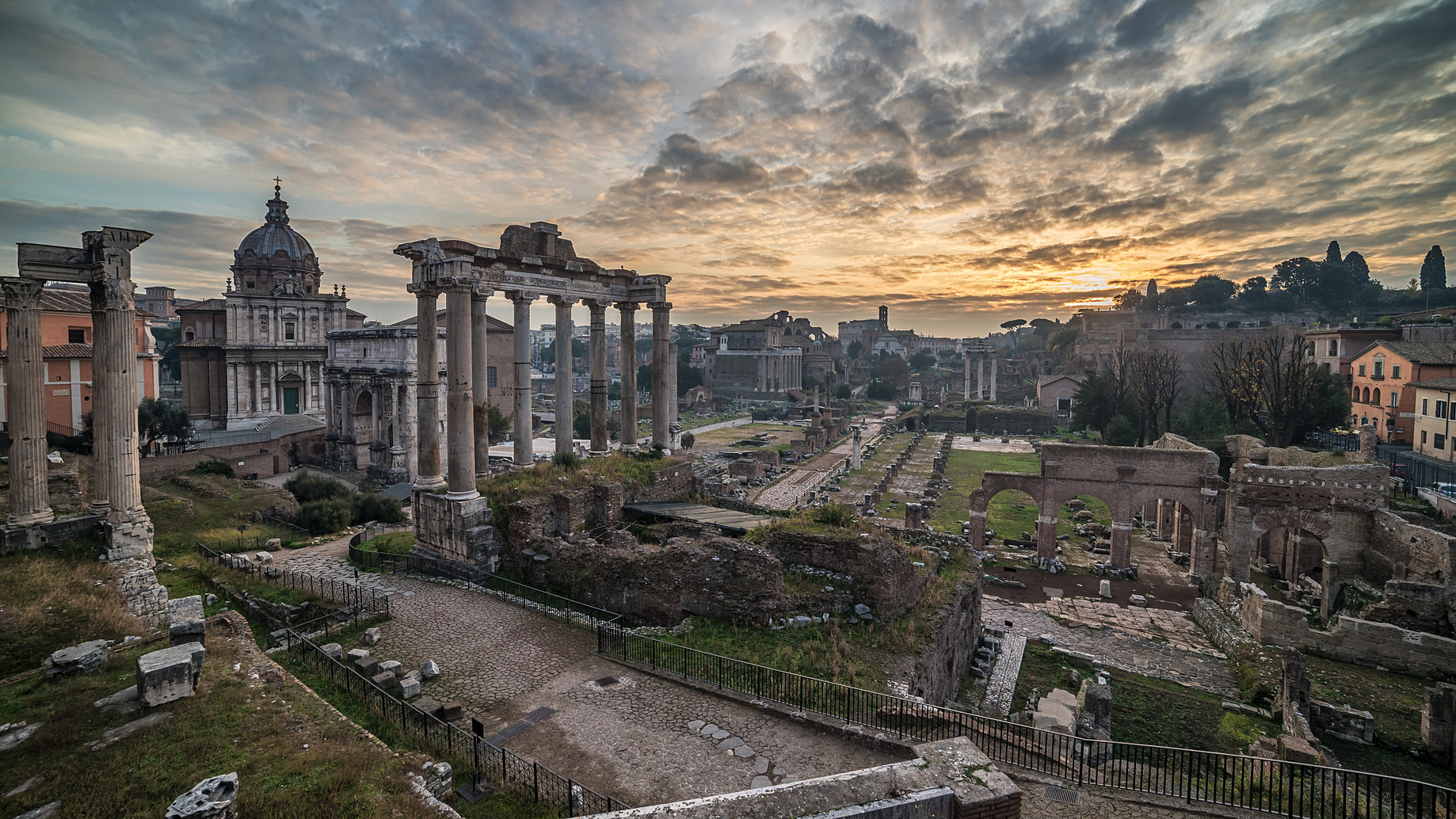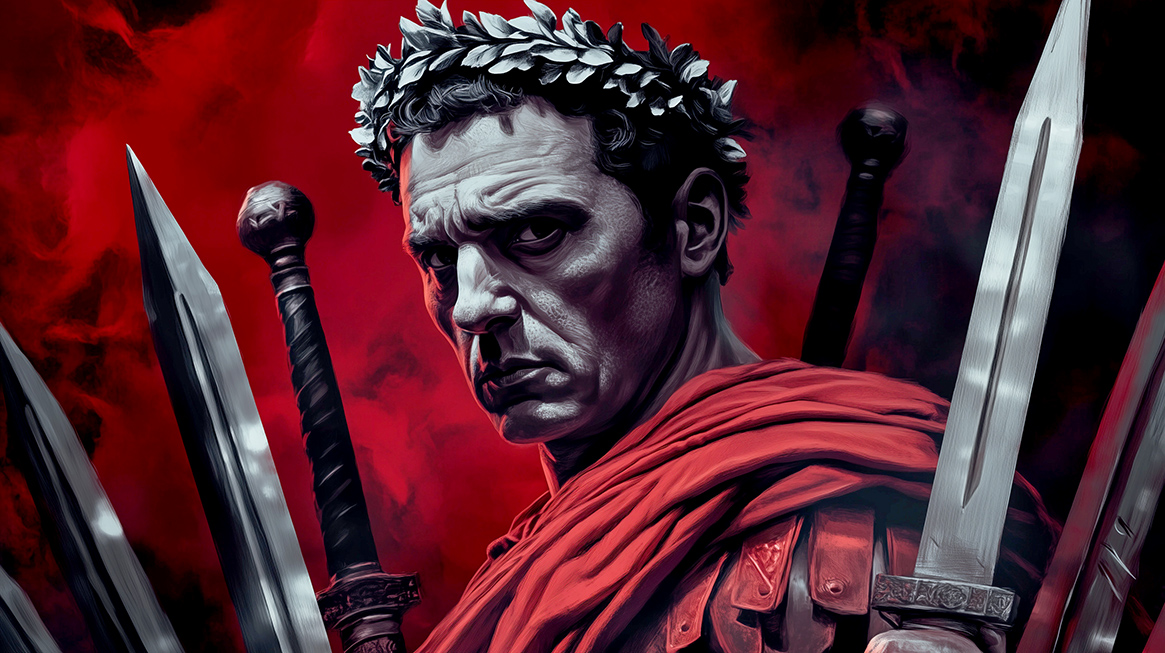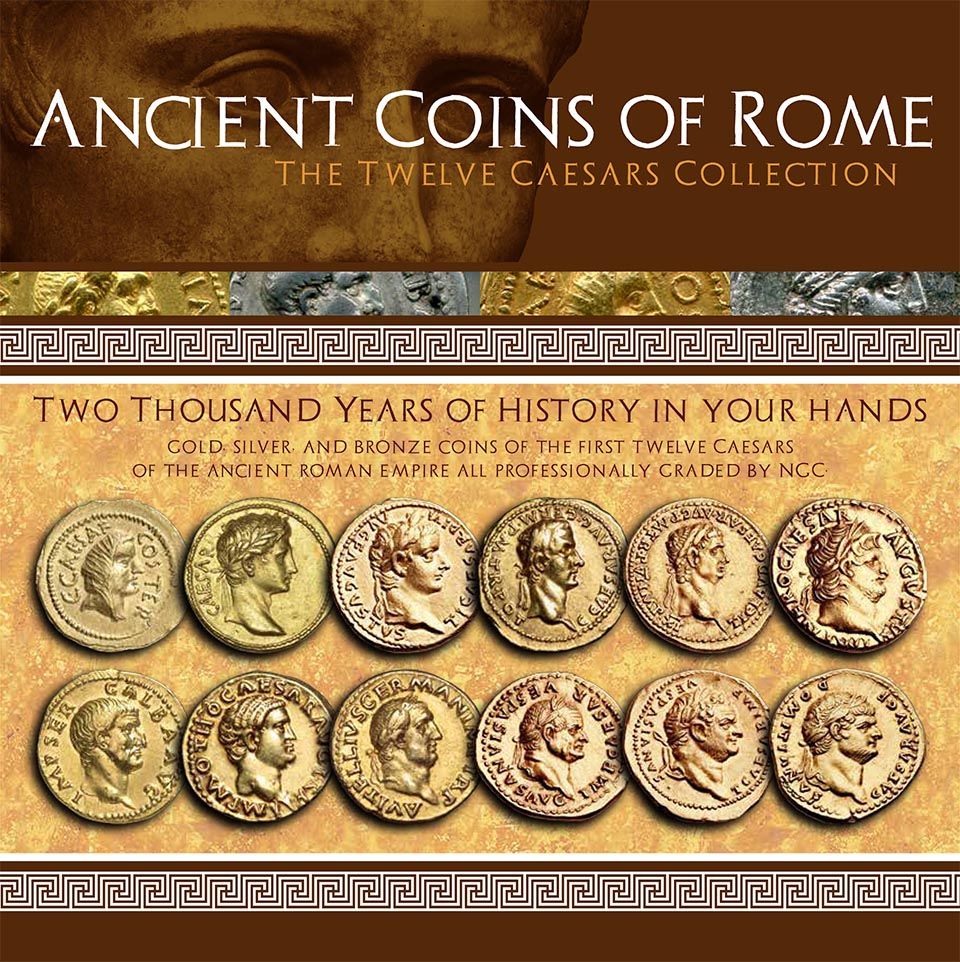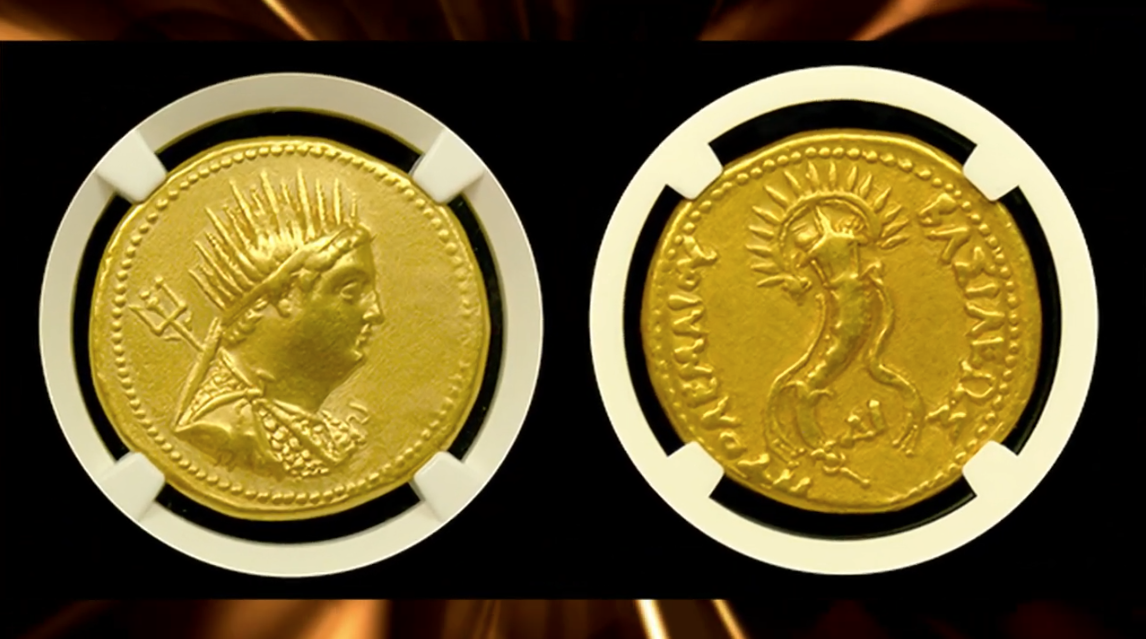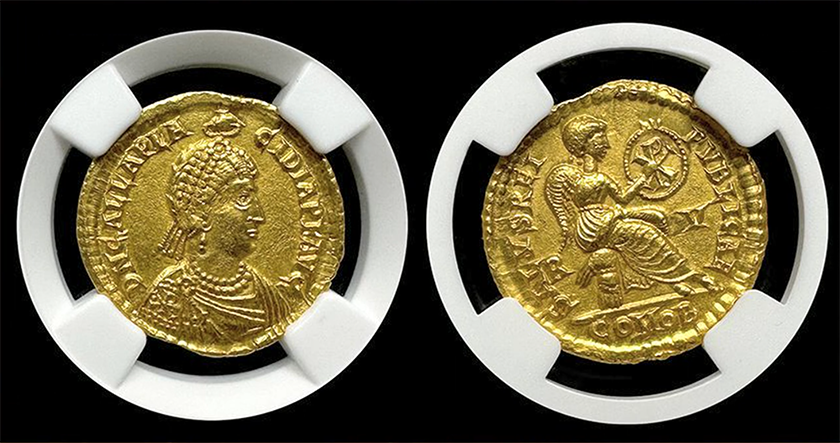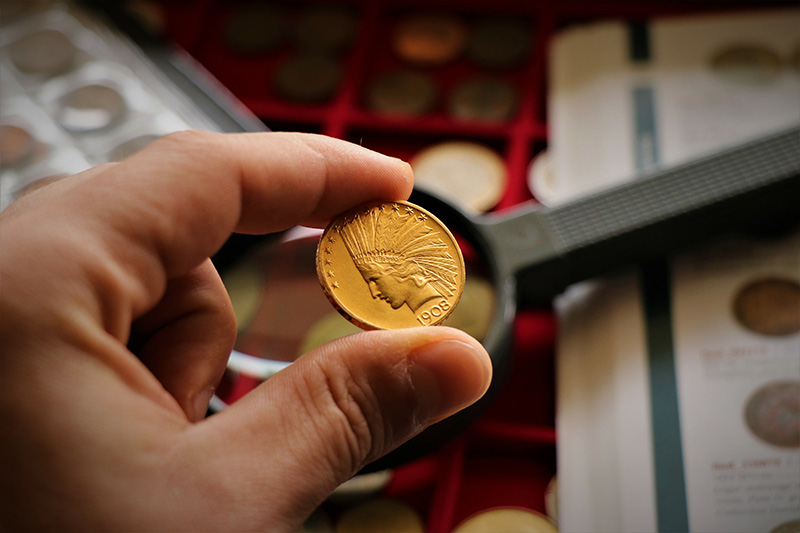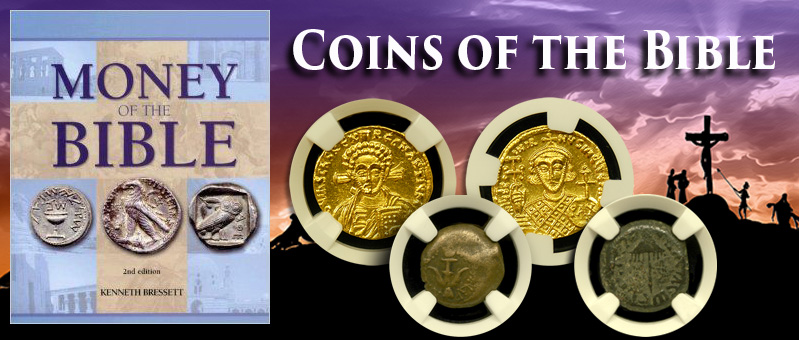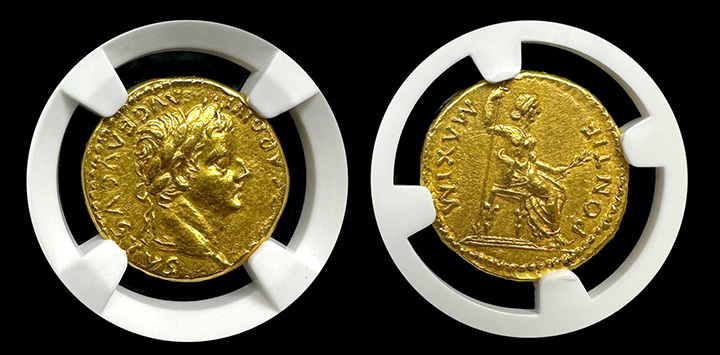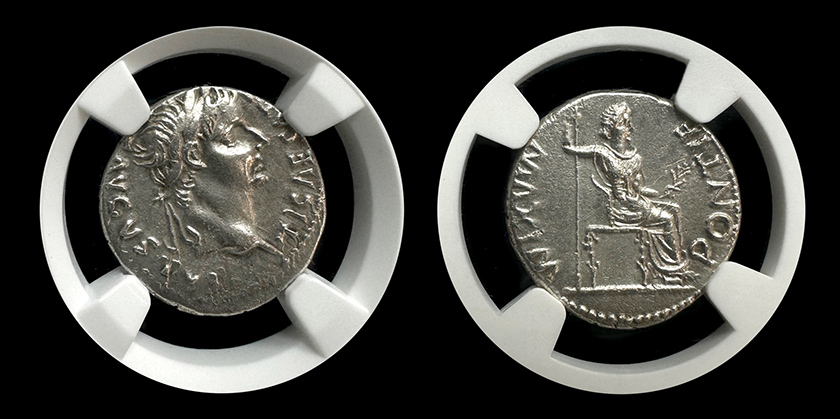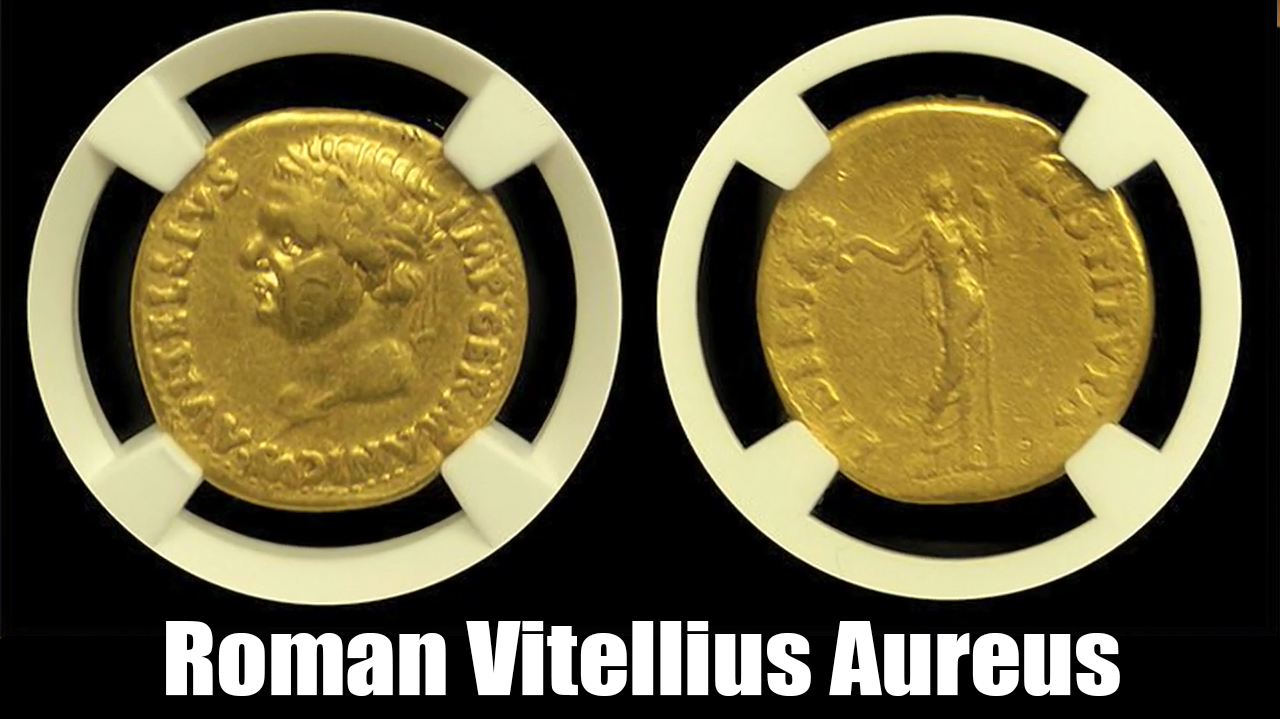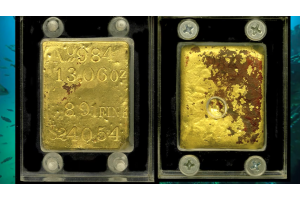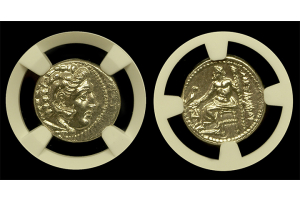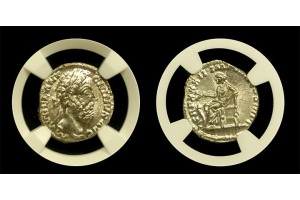Ancient Roman Coins
- Posted: September 08, 2025Read more »
Introduction - Evolution of Glory
Rome transformed the ancient world with its military, law, and culture. Yet one of its most enduring legacies came through its emperors. Their leadership created centuries of expansion, prosperity, and cultural influence unmatched in history as the Western Roman Empire evolved into its glory.
Moreover, Rome projected its power through enduring symbols. Monuments, literature, and government structures carried imperial messages, but none traveled farther than its coinage. Coins carried the likeness of emperors into every corner of the empire.
However, this story does not begin with Rome’s Republic. It begins with the men who destroyed it. The rise of Julius Caesar and his heir Augustus ended centuries of republican rule. Their ambition gave birth to a new system—the empire—that
- Posted: May 30, 2025Read more »
The Man Behind the Legend
Who Was Marcus Brutus? Marcus Junius Brutus remains one of Rome’s most debated figures. Although remembered mainly for his role in Julius Caesar’s assassination, Brutus was much more. His life took place during one of Rome’s most unstable eras. Therefore, understanding his actions requires looking at his background, ideals, and the choices he made.
Early Life and Background
Brutus was born in 85 BC into a noble Roman family. His mother, Servilia, was politically influential and possibly Caesar’s former lover. As a result, Brutus grew up connected to powerful leaders.
However, he did not rush into politics. Instead, he focused on philosophy and admired thinkers like Cicero. Brutus believed
- Posted: October 24, 2024Read more »
The Twelve Caesars: The Lives of Rome's First Emperors
The Twelve Caesars, immortalized by the historian Suetonius, ruled Rome through times of greatness and decline. Their stories give us a glimpse into the power, intrigue, and corruption that shaped the Roman Empire. From Julius Caesar's assassination to the fall of Domitian, each ruler played a pivotal role in shaping Roman history.
Julius Caesar: The Turning Point of the Republic
Julius Caesar was
- Posted: October 14, 2024Read more »
Ptolemy III: The Ambitious Pharaoh of Egypt
Ptolemy III of Egypt, also known as Ptolemy Euergetes, ruled Egypt from 246 to 222 BCE. As the third ruler of the Ptolemaic dynasty, he significantly expanded Egypt's territory and strengthened its economy. Ptolemy III’s reign marked a period of prosperity and military success, leaving a lasting legacy in ancient Egyptian history.
Early Life and Ascension
Ptolemy III was born into royalty as the son of Ptolemy II Philadelphus and Queen Arsinoe I. Groomed from birth to assume leadership, he was well-versed in statecraft, military strategy, and diplomacy. Ptolemy III took the throne when his father passed away in 246 BCE.
- Posted: April 26, 2024Read more »
Early Life and the Division of the Empire
Who was Galla Placidia? Galla Placidia, born around AD 388, was the daughter of Emperor Theodosius I and his second wife, Galla. Her early years were shaped by a rapidly changing Roman Empire. Specifically, after her father's death in AD 395, the empire split into Eastern and Western regions. This division set the stage for the political upheaval and power struggles that would become a constant in her life
Galla Placidia's upbringing within the Roman court afforded her a unique vantage point to observe and understand the inner workings of imperial politics. As power struggles intensified, she quickly learned the intricacies of alliances, betrayals, and strategic marriages. Despite the turbulence surrounding her, Galla Placidia cultivated strong relationships with influential - Posted: January 26, 2024Categories: Electrum Coins, Rare US Coins, Rare Gold Coins, Egyptian Empire, Alexander the Great, Rare World Coins, Rare Silver Coins, Shipwreck Coins, Medieval Coins, Ancient Persian Coins, Ancient Roman Coins, Silver Reales, Ancient Coins, Gold Escudos, Macedonian Empire, Ancient Greek Coins, Byzantine Empire, US Bronze Medal, Platinum Coins, World Gold Coins, Gold and Silver Bullion, Lydian Empire, Ancient Silver Coins, Ancient Egyptian EmpireRead more »
Introduction: A Guide to Building Your Unique Treasure
In the world of rare coin collecting, enthusiasts are captivated by history and welcome tips on collecting rare coins. Museums, such as the American Numismatic Association Money Museum, showcase extraordinary collections. The Smithsonian National Numismatic Collection and the British Museum contribute to our appreciation of rare coins, emphasizing their historical significance.
The allure of rare coins extends beyond museum walls. Auction houses and private collectors frequently make these numismatic treasures available for sale. Rare coin collecting is not just a cultural and historical journey; it's also an opportunity for financial gain. Rare collections, featuring sought-after coins, can
- Posted: December 01, 2023Read more »
Historical Tapestry of Coins from the Bible
The ancient and medieval coins associated with the Bible carry within them not just the weight of currency but the echoes of historical epochs. As we delve into the numismatic treasured Coins of the Bible, we unravel a rich tapestry. Especially, of civilizations, empires, and religious shifts that have left an indelible mark on these tiny metallic artifacts.
I. Shaping the Cultural and Religious Landscape
- Posted: October 13, 2023Read more »
In history's annals, few figures are as enigmatic and influential as Roman Emperor Tiberius. Roman Emperor Tiberius's Legacy from AD 14 to 37 signified a vital era in the Roman Empire. Additionally, it was characterized by intricate politics, imperial ambitions, and a transformative period for Roman coinage.
Tiberius's path to the throne faced considerable challenges. He spent his early years as a soldier, gaining valuable military experience across Roman provinces. Unquestionably, his success in quelling revolts and vital roles in the Roman military paved his way to leadership.
Tiberius: The Man and the Emperor
In AD 4, Tiberius was recalled to Rome and named co-regent with Augustus. As a result of Augustus's AD 14 demise, Tiberius ascended the imperial throne. Consequently,
- Posted: April 06, 2023Read more »
During the time when Jesus Christ was in Rome, the Roman Empire was under the rule of Emperor Tiberius. Tiberius issued a Tribute Penny during his reign. In fact, the Tribute Penny has become significant not just in Roman history, but in religious history as well.
The Tribute Penny was a silver coin that was used to pay the annual tribute imposed on the Jews by the Romans. It featured an image of Tiberius on the obverse side, and the inscription "Tiberius Caesar Divi Augusti Filius Augustus." Moreover, this translates to "Tiberius Caesar, Son of the Divine Augustus." On the reverse side is a seated female figure, commonly believed to be the goddess Pax, the personification of peace in Roman mythology. However, some historians believe that the seated female figure is a depiction of Tiberius' mother, Livia Drusilla. This is a subject of debate among scholars,
- Posted: February 07, 2023Read more »
Emperor Vitellius' lavish lifestyle was known throughout the Roman Empire. He was the Roman Emperor for only 8 short months from 69 AD to his death in 79 AD. In fact, he is known as the shortest-reigning emperor of the Roman Empire.
Emperor Aulus Vitellius was born in AD 15 and came from a wealthy family in northern Italy. After the civil war known as the Year of the Four Emperors, he was crowned emperor. Moreover, his reign was marked by conflict and unrest. Emperor Vitellius was eventually defeated by the forces of Vespasian, who became the next emperor. Vitellius' rule is often considered a low point in the history of the Roman Empire and is known for its excess and lack of stability.
Gambling and gluttony, two vices associated with Vitellius, would be crucial to his future. Emperor Galba made the unpopular choice to designate him as governor of Lower Germany in 68




